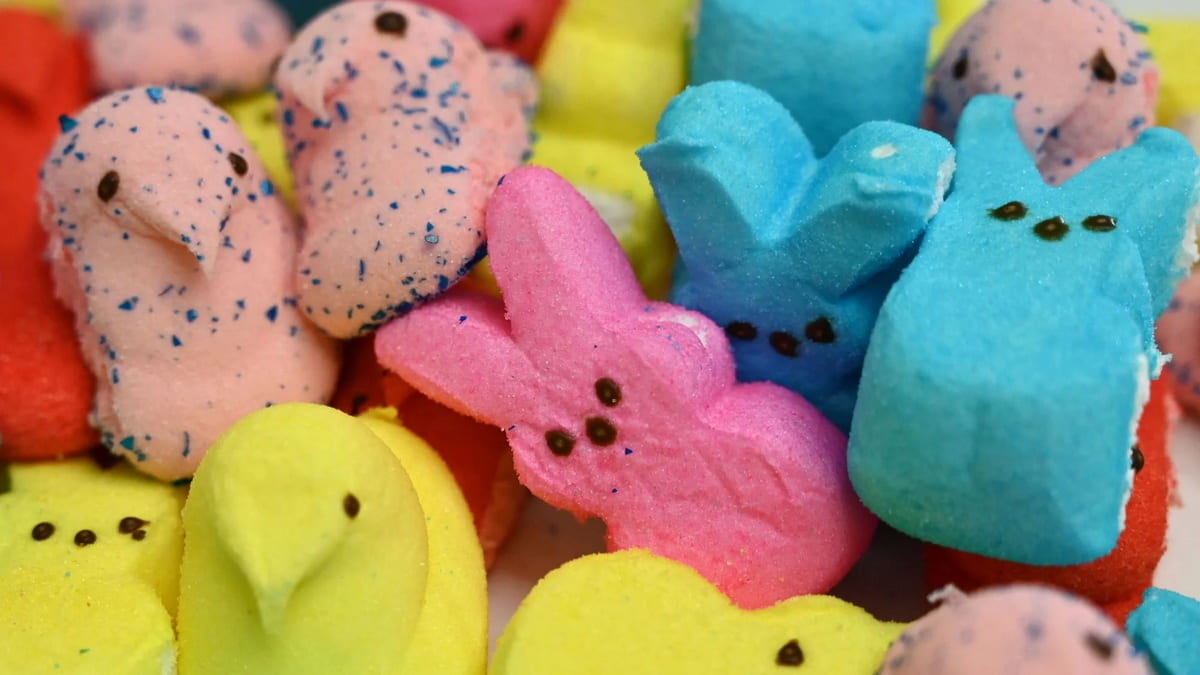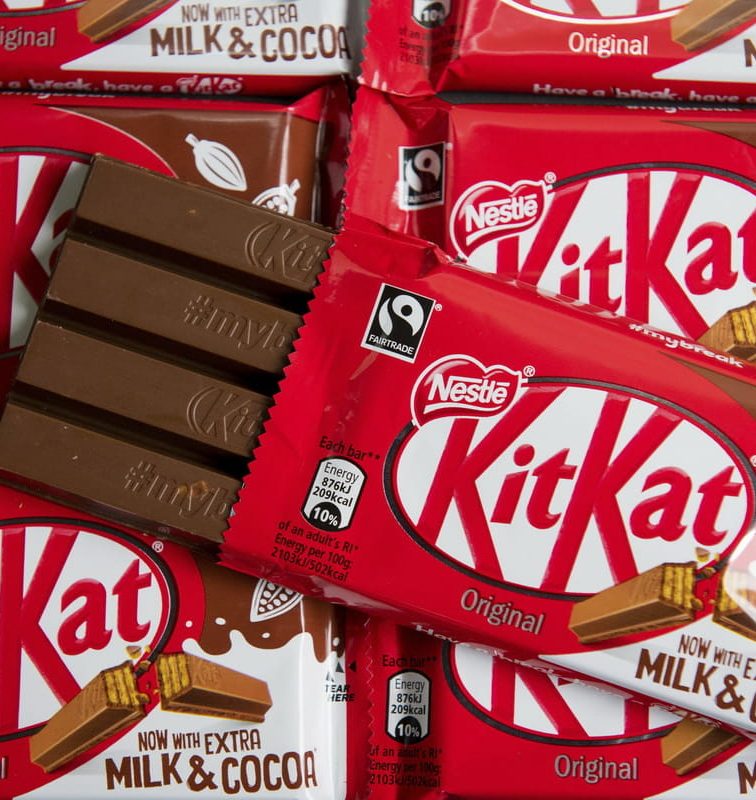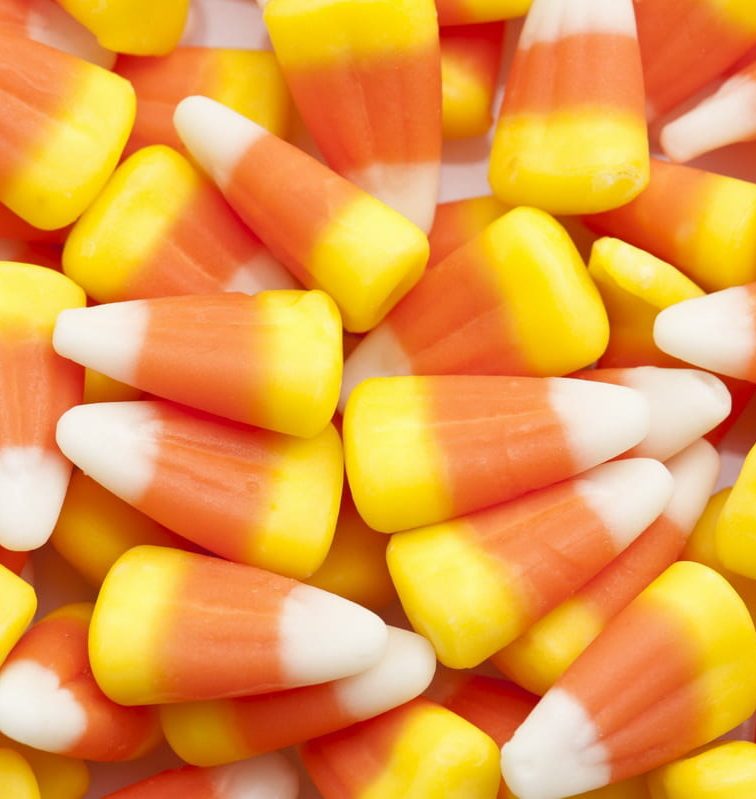Marshmallow Peeps, first introduced in 1953 by Just Born, Inc., have become an Easter icon. Originating as painstakingly handcrafted treats, they have evolved into a cultural staple with a production rate of over 5.5 million Peeps per day.
Exploring these fun facts about marshmallow Peeps reveals how a simple candy has become a beloved part of holiday traditions and pop culture.
1. The Birth of Marshmallow Peeps: A Sweet History
In 1953, Just Born, a candy company in Bethlehem, Pennsylvania, founded by Russian immigrant Sam Born in 1923, introduced Marshmallow Peeps. Originally, crafting a single Peep was a 27-hour process, involving squeezing marshmallow through a pastry tube to form the desired shape.
This meticulous process, reflecting the era’s artisanal candy-making techniques, made Peeps a luxurious and rare treat in their early years.
2. Marshmallow Peeps: From Handmade to High-Tech
By the late 1950s, Just Born revolutionized Peeps production with the introduction of the “Depositor” machine. This invention reduced the time to make a single Peep from 27 hours to just six minutes, significantly boosting production capabilities.
By 1959, Peeps had become a popular Easter candy across the United States, with this increased efficiency allowing for widespread distribution and affordability.
3. The Colorful Evolution: Peeps’ Diverse Palette
Initially, Peeps were only available in yellow. The first color addition came in the 1960s with the introduction of pink Peeps. This expansion continued over the decades, adding colors like lavender in the 1990s and blue in 1998.
Each new color launched Peeps into a wider market, appealing to diverse consumer tastes and making them a colorful feature of Easter celebrations.
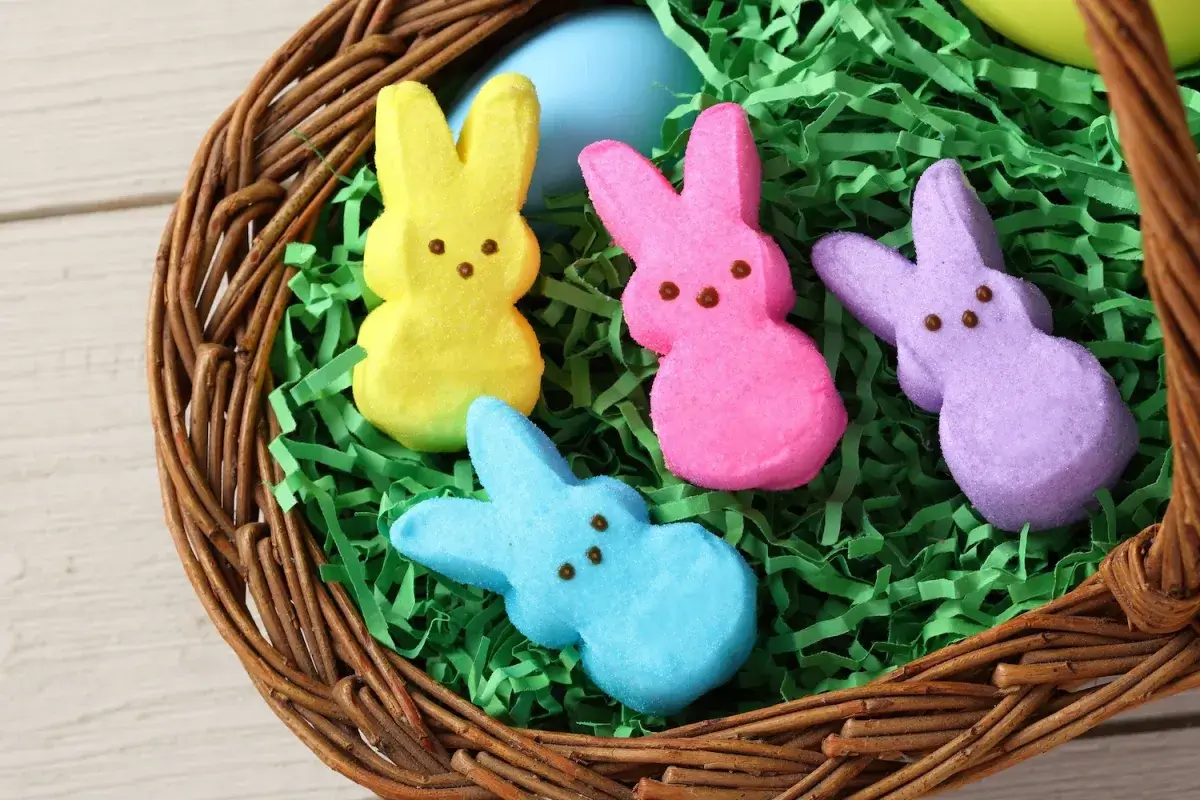
Image: insidehook.com
4. A Festival of Flavors: The Expanding Taste of Peeps
The first deviation from the original plain marshmallow flavor occurred in the 1980s with the introduction of chocolate mousse-flavored Peeps. Since then, Just Born has experimented with over 50 flavors, including cotton candy, root beer float, and fruit punch.
This diversification reflects both a response to changing consumer preferences and an effort to keep the brand relevant and exciting.
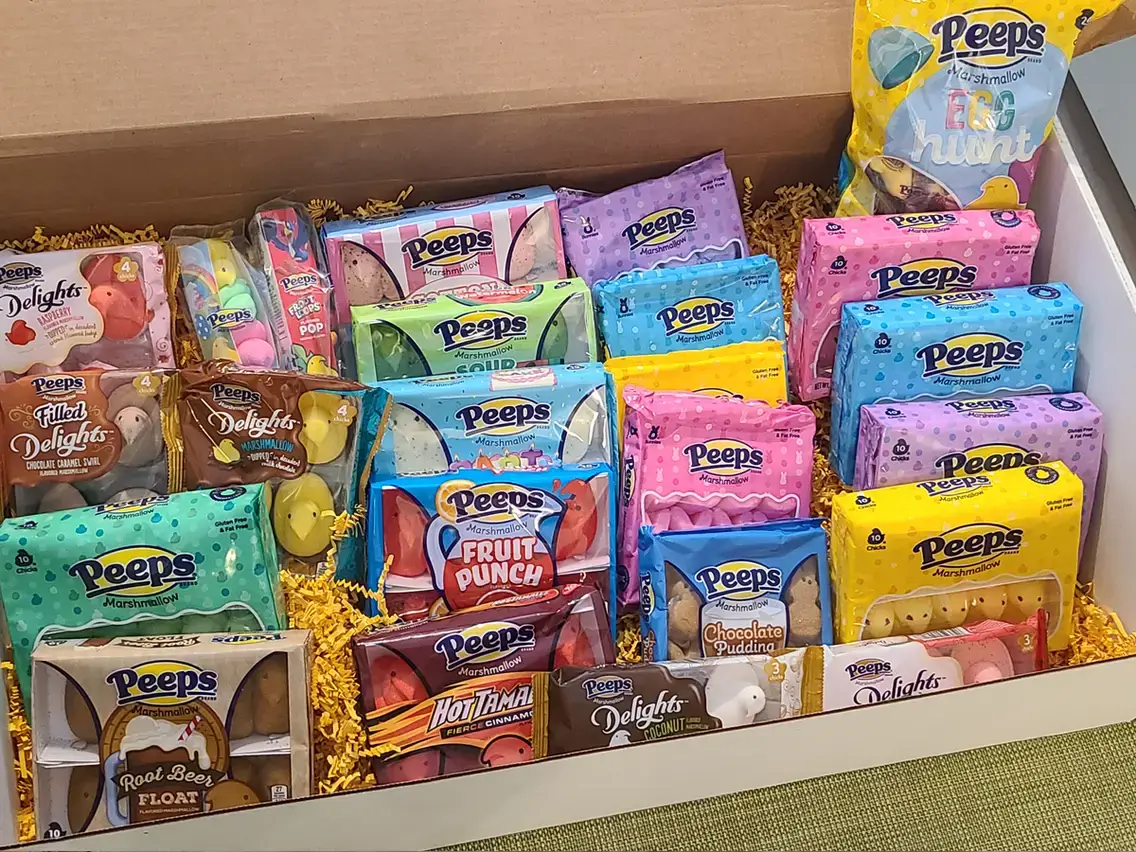
Image: insider.com
5. Peeps in Pop Culture: From Easter Baskets to the Big Screen
Marshmallow Peeps have transitioned from Easter treats to pop culture icons, featuring in various TV show dioramas. These include “The Simpsons,” where their distinct look is easily replicated in marshmallow form.
These fan-made dioramas illustrate Peeps’ unique place in American culture, showcasing their versatility and appeal beyond the candy aisle.
6. Record-Breaking Peeps: World Records and Giant Creations
Marshmallow Peeps have been a part of various world record attempts, showcasing their playful nature and the creativity of their enthusiasts. Notable records include competitive eating feats, such as Takeru Kobayashi eating 25 Peeps in 30 seconds, and attempts to fit a large number of Peeps in an open mouth.
These records and challenges demonstrate the fun and quirky ways Peeps have engaged communities and sparked collective amusement.
7. Marshmallow Peeps Go Global: International Appeal
Peeps have expanded their sweetness globally, with exports to countries like Canada and the United Kingdom. Cultural adaptations, such as the introduction of green Peeps for St. Patrick’s Day in Ireland, demonstrate their flexibility in appealing to diverse tastes.
The brand’s international growth signifies its success in transcending American Easter traditions, becoming a global confectionery player.
8. The Art of Peeps: Creative Contests and Sculptures
The annual Peep Show at the Carroll County Arts Council, started in 2007, exemplifies Peeps’ role in the art world. Artists use Peeps to create elaborate scenes and sculptures, attracting thousands of visitors each year.
In 2019, the event featured over 150 unique Peep-based artworks, highlighting the candy’s versatility as an artistic medium and its ability to inspire creativity across ages.
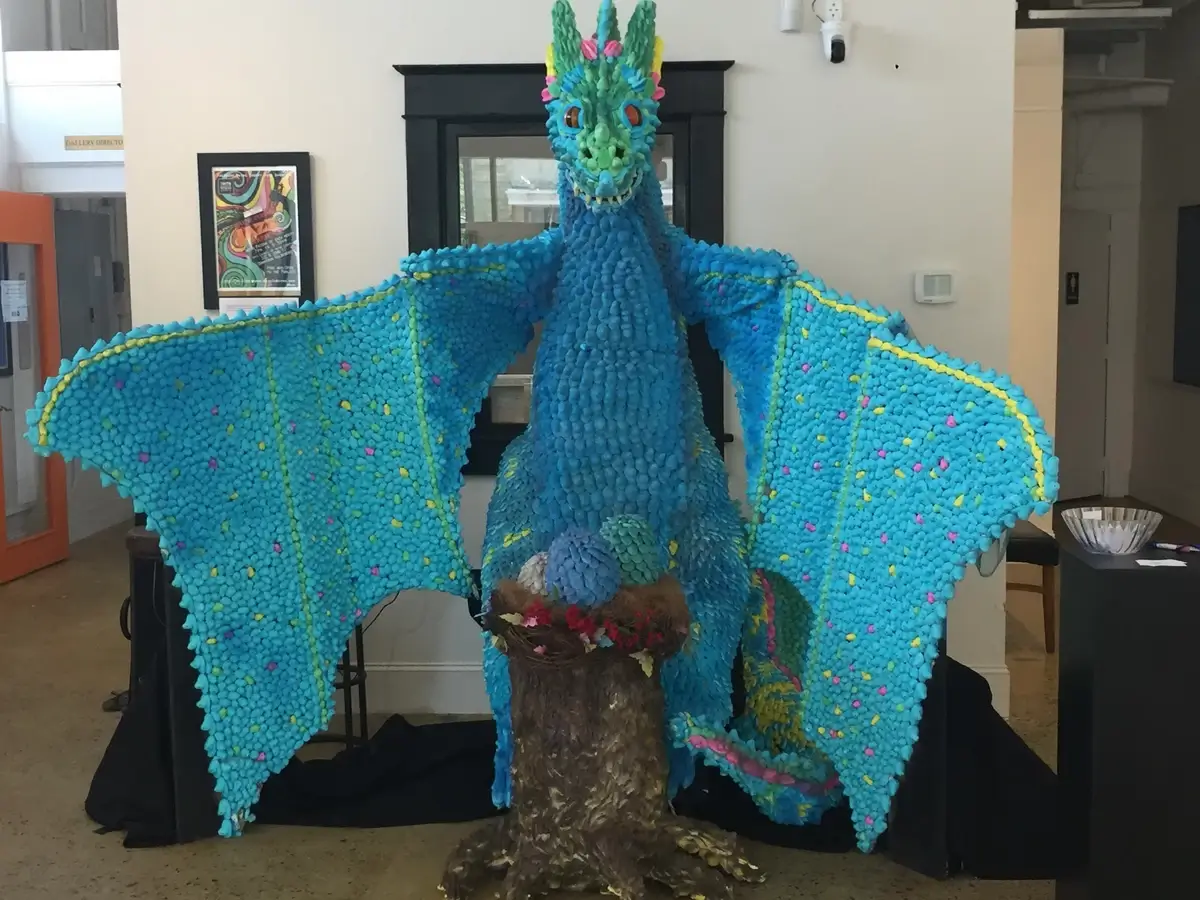
Dragon made from Peeps. Image: reddit.com
9. Peeps in Science: Surprising Experiments and Studies
Peeps are popular in scientific experiments due to their unique properties. For example, in 1999, scientists at Emory University used Peeps in experiments to demonstrate principles of air pressure and expansion.
The famous “Peep jousting” experiment, where two Peeps are microwaved with toothpicks, illustrates molecular expansion and the effects of microwave radiation, making science accessible and fun for students.
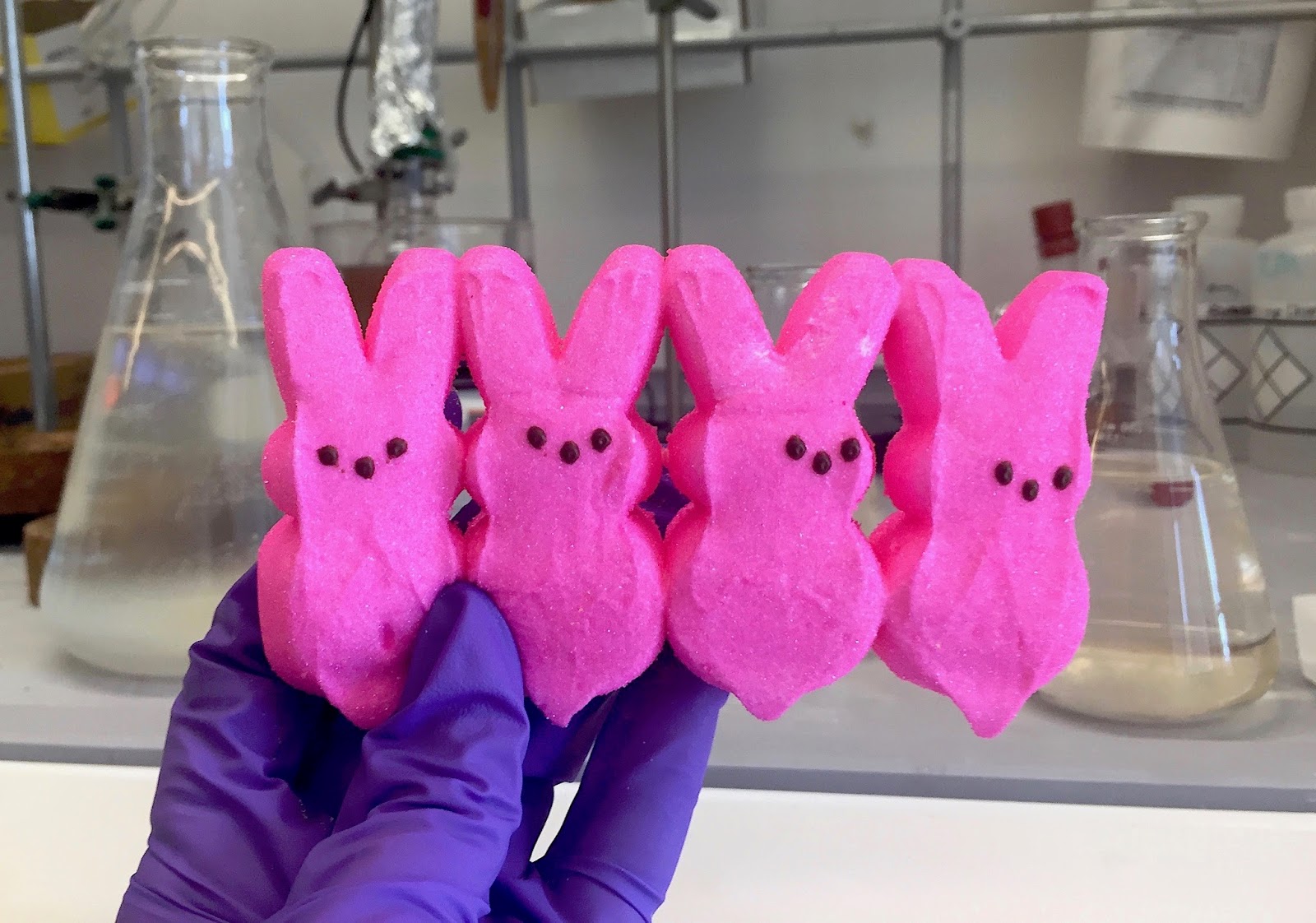
Image: esciencecommons.blogspot.com
10. Sustainability Efforts: Eco-Friendly Peeps Production
Just Born, the manufacturer of Peeps, has a strong commitment to sustainability, which includes an associate-run Green Team and a Bethlehem, PA facility that is landfill-free, boasting a 97% recycle rate with the remaining 3% of waste turned into energy. They also have a Gold LEED-certified warehouse.
These efforts demonstrate their commitment to environmental stewardship and responsible manufacturing practices.
11. Peeps and Health: Ingredients and Nutritional Facts
Peeps are a well-known marshmallow treat that are both fat-free and gluten-free. A serving of 4 Peeps contains 110 calories, and their primary ingredients are sugar, corn syrup, and gelatin. Peeps also include less than 0.5% of artificial colors and flavors, and a preservative (potassium sorbate).
Just Born, the manufacturer of Peeps, is committed to transparency in their products, providing clear nutritional labeling and promoting responsible consumption.
12. Seasonal Varieties: Beyond Easter – Peeps for Every Occasion
While traditionally associated with Easter, Peeps have branched out to other holidays. Halloween, Christmas, and Valentine’s Day now feature themed Peeps, such as pumpkin-shaped or heart-shaped varieties.
This diversification, beginning in the 21st century, reflects the brand’s adaptation to year-round demand, making Peeps a versatile treat for various occasions.
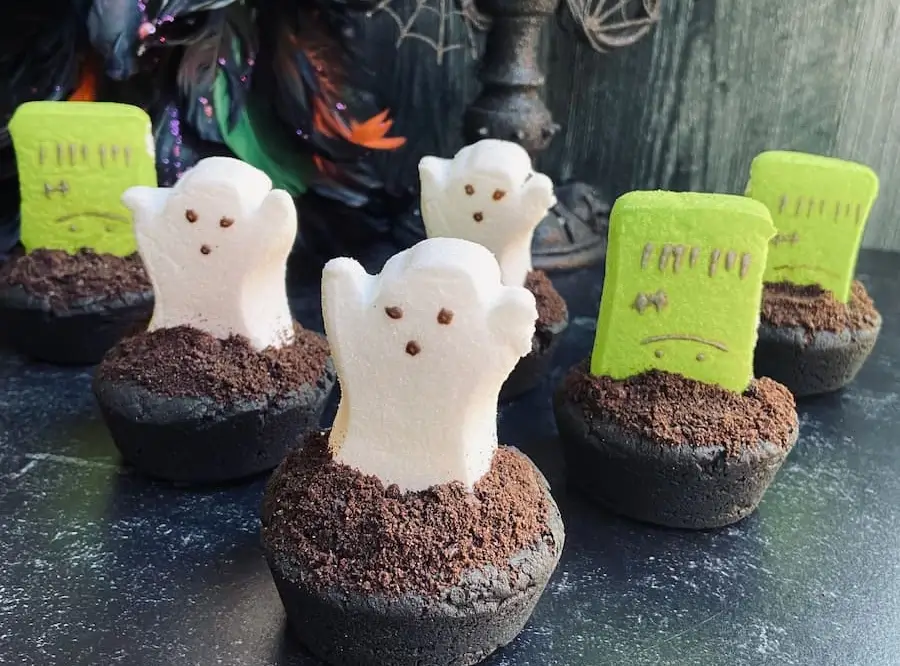
Halloween Peeps. Image: thechocolatedozen.com
13. Collectible Craze: Limited Edition and Rare Peeps
Limited edition and rare Peeps have become collectibles among enthusiasts. Special flavors and shapes, often released for anniversaries or unique partnerships, create a buzz and are sought after by collectors.
For instance, the introduction of the “mystery flavors” in 2017 became a sensation, with fans eagerly trying to guess and collect these exclusive varieties.
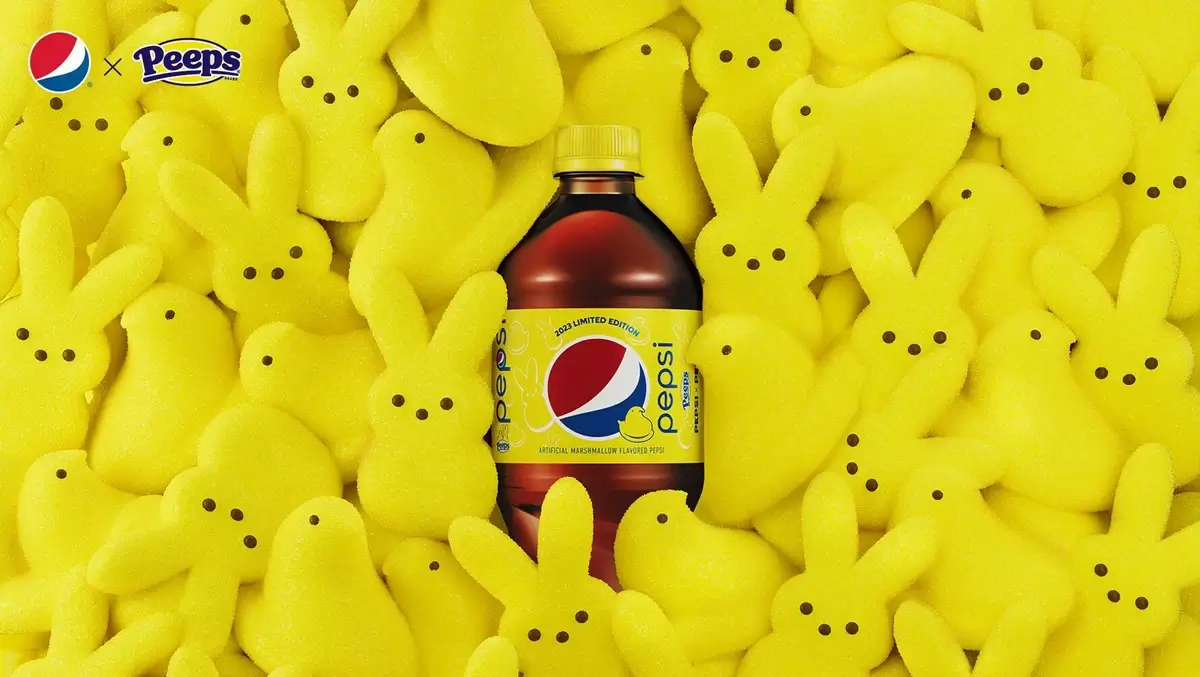
Image: prnewswire.com
14. Peeps in Social Media: Viral Trends and Challenges
On social media, Peeps have sparked numerous viral trends and challenges. From creative baking recipes to the “Peeps Challenge”, where individuals try to fit as many Peeps in their mouth as possible, these trends demonstrate the candy’s adaptability to digital platforms.
Such social media presence keeps the brand relevant and engaging, particularly with younger generations.
15. Peeps as Easter’s Favorite Candy
Peeps have been the top-selling non-chocolate Easter candy for over two decades. Their popularity during the Easter season is notable, with estimates indicating that between 600-700 million Peeps and Peeps bunnies are consumed around this holiday.
The immense production capacity of Just Born, the company behind Peeps, allows for over one billion Peeps to be produced annually. This significant consumption showcases their status as a beloved Easter treat.
FAQ
What are marshmallow Peeps?
Marshmallow Peeps are small, soft, sugar-coated marshmallow candies, often shaped like chicks, bunnies, and other animals. Known for their vibrant colors and sweet taste, Peeps are particularly popular during Easter but have expanded to other holidays and occasions.
Who invented marshmallow Peeps?
Marshmallow Peeps were invented by the Just Born company. The company, founded by Russian immigrant Sam Born, acquired the Rodda Candy Company in 1953, which originally made the marshmallow chicks that would evolve into today’s Peeps.
How old are marshmallow Peeps?
Marshmallow Peeps have been around since 1953. This means they have been a part of candy culture for over 70 years, becoming a traditional treat especially during the Easter season.
How long do marshmallow Peeps last?
The shelf life of marshmallow Peeps can vary. Unopened and stored in a cool, dry place, they can last several months to a year. Some people prefer eating Peeps when they are “stale” and slightly crunchy, which can be achieved by exposing them to air for a few days. However, it’s always best to check the best-before date on the packaging for optimal freshness.


